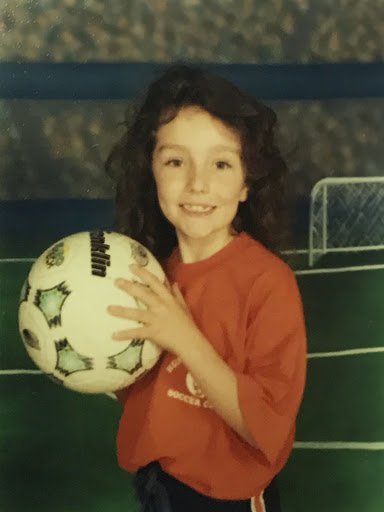At Google, we define resilience as your ability to respond to and recover from stress. There’s maybe no time where this is more relevant than during a pandemic. Lauren Whitt, Google’s Head of Resilience, and her team spend their days helping Googlers perform at their best.
This week, to help even more people build their resilience, Lauren and her team launched a new podcast series that anyone can listen to and learn from. The series helps uncover the science behind resilience and high performance, and contains strategies from a wide array of experts to help listeners with whatever challenges they may be facing. We chatted with Lauren about her role, the podcast and expert tips for staying resilient during times of uncertainty.
How would you describe your job at a dinner party?
I lead Google’s Global Resilience program. Our team, including coaches based around the world, are focused on helping Googlers reach peak mental performance, maintain their wellbeing and cope with work-related stress. Some ways we do this are through internal speaker series, individual consultations and training programs.
What’s one thing that you want people to know about stress and resilience?
Stress is an inevitable aspect of our lives. Extreme levels of stress can lead us to feel overwhelmed and exhausted, but when managed appropriately, moderate stress can actually motivate us to perform at our best.. There are easy ways we can manage stress more effectively. For example, we know that self-awareness is the foundation of behavior change, so one thing we created on our team is what we call the “T.E.A check-in” — as a way for individuals and teams to reflect on their thoughts (T), energy (E) and attention (A).
How do you deal with stress in your own life?
For me, enjoying the outdoors plays a huge role in stress management. When the pandemic first started, my family and I relocated to a condo in a Florida Panhandle beach town. It has really provided me with a fresh perspective. Many days, my mornings begin with a walk on the beach listening to a podcast and taking in fresh air. In the evenings, when my husband arrives home from work, we close our laptops and shift to family time. We’ll end our days with a walk on the beach or by watching the sunset.
You just launched a new podcast on resilience. What can you tell us about it?
This project has been in the works for a while, and we’re thrilled to finally share it with the world. We’ve paired leading neuroscientists and psychologists with mental performance coaches to uncover the science behind resilience and high performance. Each episode — there are four in total — is filled with strategies that listeners can put into place right now to help them with whatever challenges they may be facing.
What are some of your favorite tips from the podcast?
There are so many! One I really love is about how fresh starts are one of the best times for setting new goals. This one is particularly timely as many Googlers just started their hybrid work weeks earlier this month. Many people naturally think about this on January 1 and create resolutions each year, but there are many other moments that provide a fresh start – such as the start of a new week, the start of a new month, the celebration of a birthday or the start of a season. Because we don’t think about time linearly, we create these chapters in our life stories. And when we feel we’re closing one chapter and opening another, we feel a renewed optimism about what we can achieve.
What are you hoping listeners take away?
I hope the podcast helps spark new conversations about how to prepare for and thrive in a hybrid work environment. As we move forward in our own hybrid workplace, there are new skills we need to put in place to manage the next era of workplace success. The podcast combines experts discussing the science and coaches who share the practical applications of these initiatives.
To listen to the podcast, subscribe via Resilience at Google.
